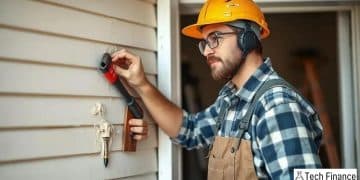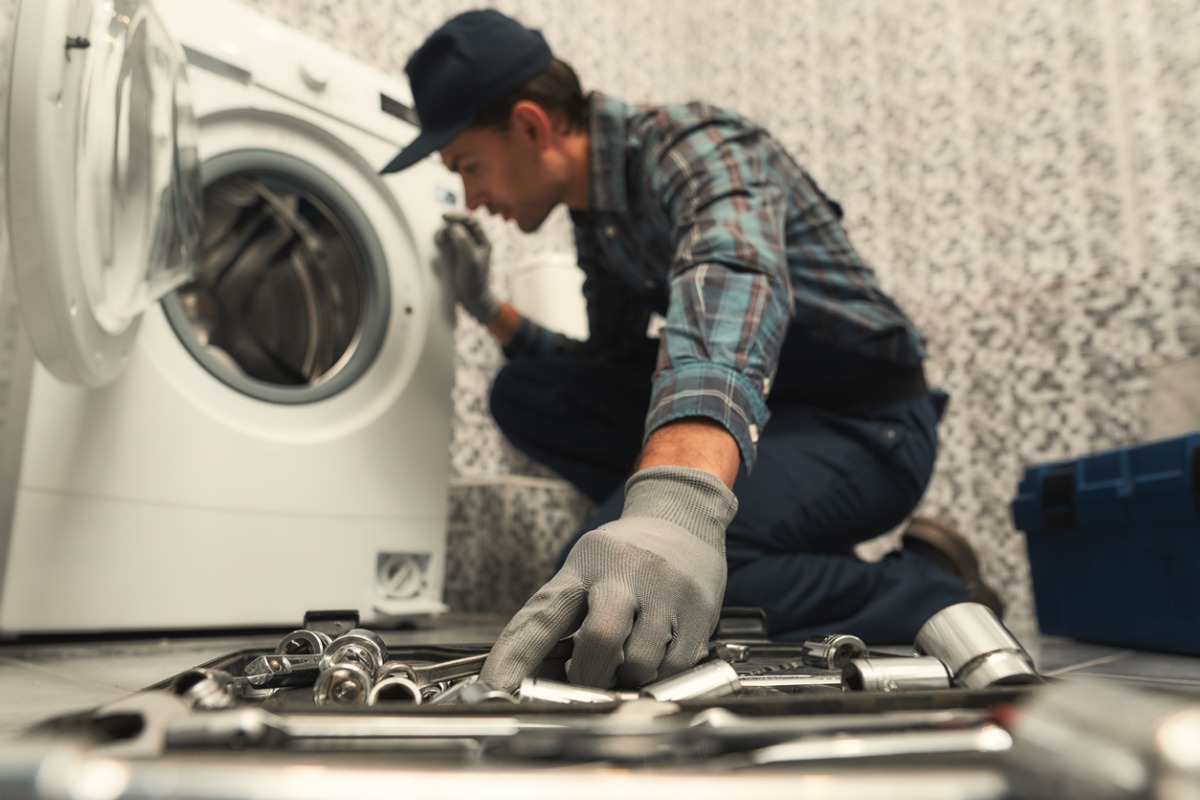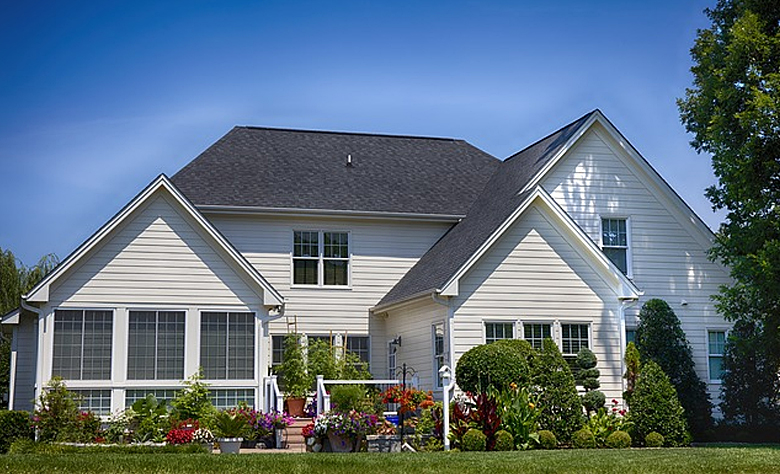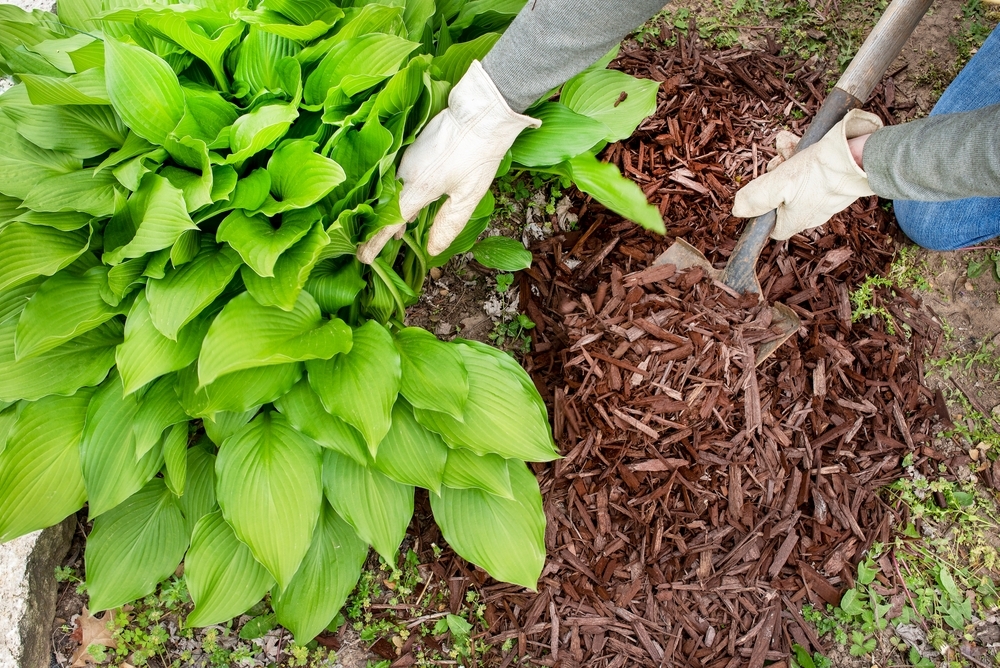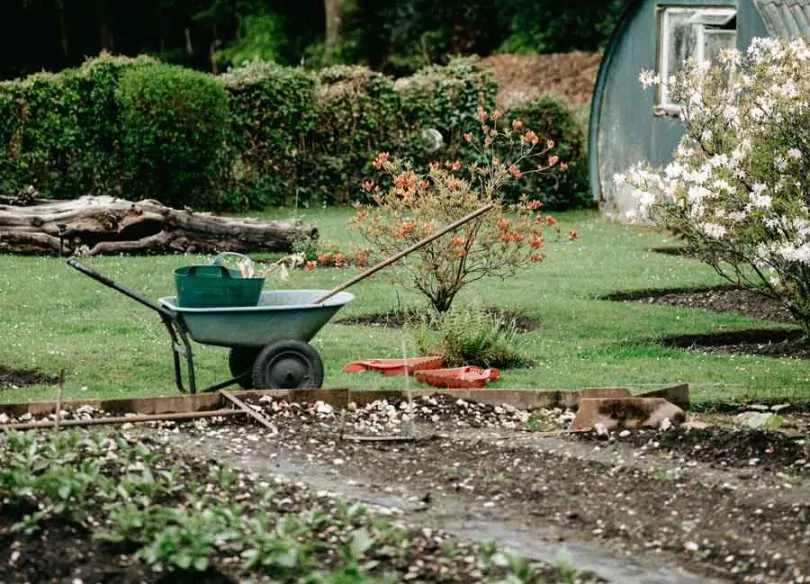Expert Plumbing Repairs: Tips & Tricks
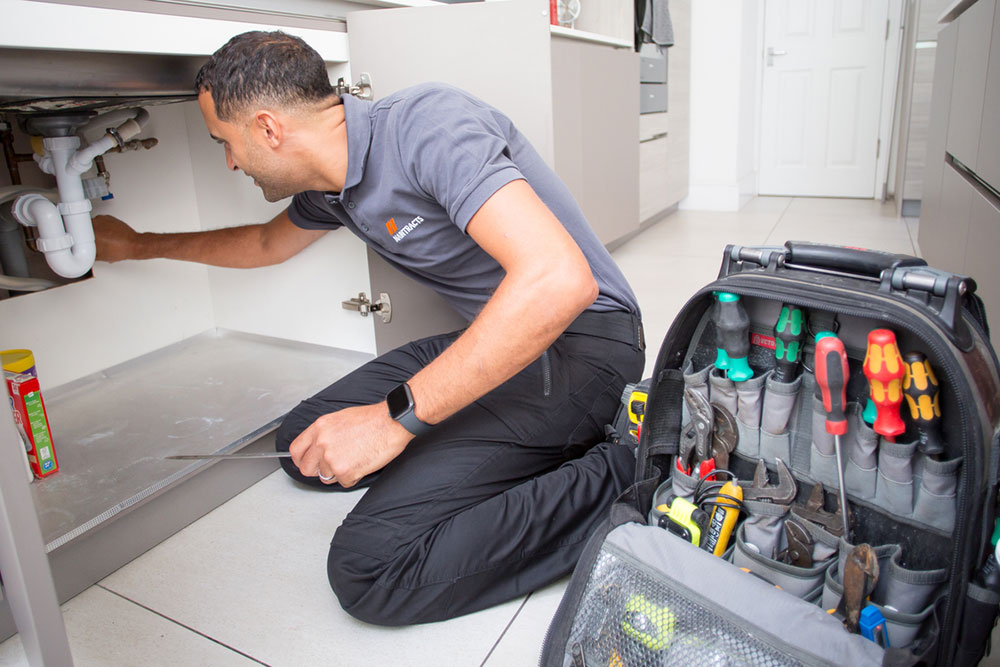
Anúncios
Every home has plumbing issues that can cause a lot of problems if left unresolved. Some plumbing problems may require the help of a professional plumber, but others we can solve ourselves. In this article, we’ll give you expert advice on how to fix common plumbing problems quickly and easily, keeping your plumbing system in top shape.
1. Fix Leaky faucets
Leaky faucets waste water and can lead to higher water bills. The constant dripping sound is also annoying. To fix a leaky faucet, turn off the water under the sink. Then remove the faucet handle and the ball or cartridge inside. Check for old or damaged parts and replace with new ones if found. Turn the faucet back on and turn the water back on to see if the leak goes away.
Anúncios
2. Unclog a Clogged Drain
A common plumbing problem is a clogged drain that can be easily fixed without calling a plumber. Do not use chemical drain cleaners, they can damage your pipes and the world. Instead, use a drain hose or bent wire hanger to manually remove the plug. Pouring a mixture of baking soda and vinegar down the drain, followed by hot water a few minutes later, is another eco-friendly cleaning method.
3. Solve the Problem of Running to the Toilet
A continuous toilet wastes a lot of water every day. To fix this, remove the tank lid and look at the bulkhead. If it is old or broken, you need to buy a new one. You can also change the length of the chain or the amount of water in the tank so that it stops running when not in use.
Anúncios
4. How to Deal with Low Water Pressure
This can be annoying if not enough water flows out of your taps and shower heads. Mineral layers and deposits accumulating in the aerator are usually the main cause. To remove deposits, remove the aerator from the faucet and soak it in vinegar overnight. Rinse it off and put it back in place. This simple trick can make a big difference in how well the water flows.
5. How to Fix a Broken Water Heater
If your water heater is not working properly, you may need to take a cold shower, especially in winter. If there is no hot water, check the light on the gas water heater. If it turns off, follow the manufacturer’s guidelines to turn it back on. Check the circuit breaker on the electric water heater to make sure it has not tripped. If the problem persists, call a plumber.
6. Prevent Pipes from Freezing
Frozen pipes can be a big problem in winter as they can burst and cause serious flooding. Insulate exposed wiring in cold areas such as basements, attics, and small spaces to prevent them from freezing. You can cover them with foam duct insulation or heating tape. Even if it is cold outside, let a tap drip a little to relieve the pressure in the pipes.
7. Fix a Leaking Shower Head
A dripping or leaking shower head wastes water and is annoying. Solve this by turning off the water in your shower. Next, remove the cover and internals and remove the shower head. Check the rubber gasket and O-rings for signs of wear or damage. Replace any damaged parts and put the shower head back in place. This prevents dripping and makes better use of the water.
8. How to Fix a Broken Trash Disposer
Disposers can get clogged or not work at all. If your garbage disposal isn’t working properly, first check to see if anything is getting in the way. Use a wrench to turn the processor flywheel by hand to remove any encrusted debris. Find the reset button on the bottom of the device and press it if it still doesn’t work. If the problem recurs, do not toss the large or fibrous object in the trash and consider calling a specialist.
9. Remove Toilet Stains
Stains on toilet bowls, especially those caused by mineral deposits or hard water, can look bad. Pour a cup of white vinegar down the toilet and let it sit for a few hours or overnight to solve the problem. Because vinegar is acidic, it helps remove stains. Then use the toilet brush to clean and flush the toilet. You can also use a pumice stone to remove stubborn marks, but be careful not to scratch the porcelain.
10. Repair Leaky Pipes
Leaky pipes can lead to water damage and mold growth. If you find a water leak, shut off the water supply at the leak. Then tighten all loose links with a pair of pipe wrenches. If the pipe breaks, you may need to cut off the damaged section and replace it with a new one. You can use joints to connect the new part to the old part to hold it in place. If you’re not sure how to fix a leaking pipe, don’t hesitate to call an expert.
Conclusion:
By using these professional plumbing repair tips and tricks, you can tackle common plumbing problems with confidence. Remember, regular maintenance and prompt repairs are the best ways to keep your plumbing system in good working order and prevent costly water damage.
Many changes you can do yourself, but don’t be afraid to call a plumber if the problem is complicated or you’re not sure how to fix it. Your sewer system is an important part of your daily life, so it’s important to maintain it and fix any problems right away.
Finally, make sure you perform regular maintenance and inspections to detect problems early. A well-maintained plumbing system not only saves you money on your energy bill, but also makes your home more comfortable and less stressful. Happy Plumbing!
